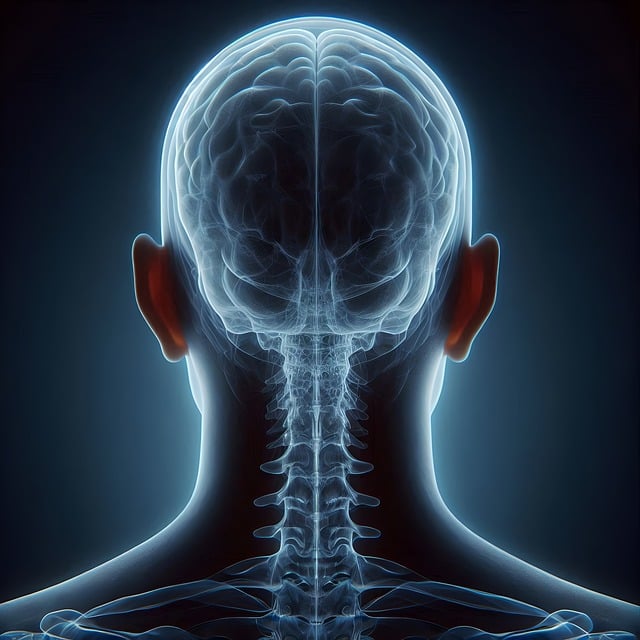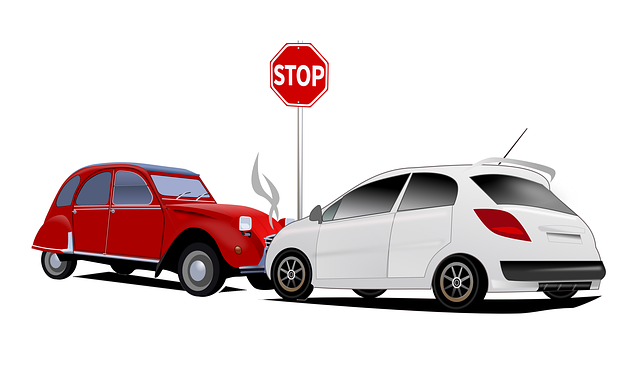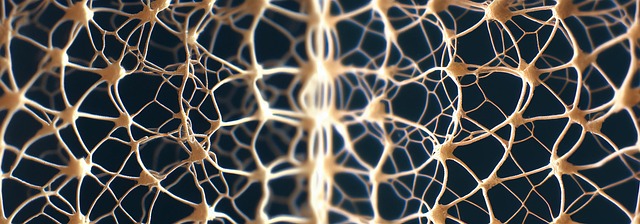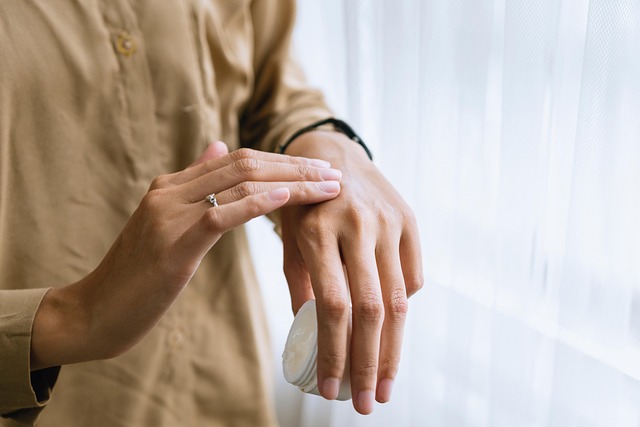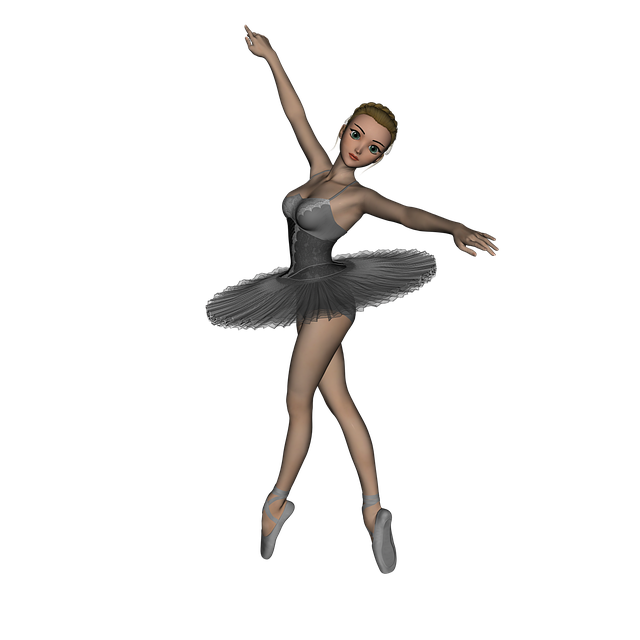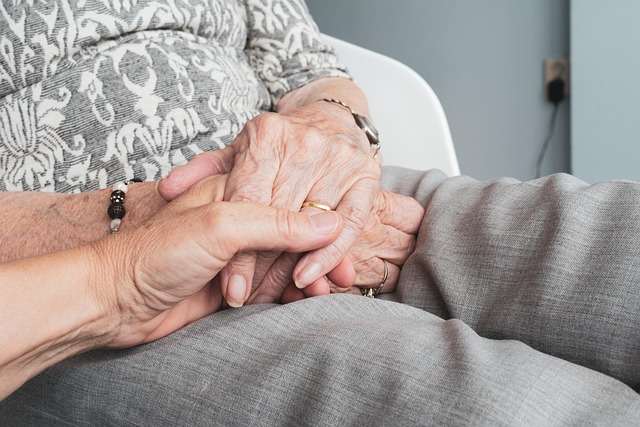Postural problems after accidents can cause discomfort and complications. X-ray guided posture rehabilitation uses corrective chiropractic techniques by chiropractors to realign spines and address subluxations, providing immediate pain relief and preventing long-term issues. This personalized approach combines adjustments with therapeutic modalities for optimal recovery, enhanced health, and improved quality of life for individuals dealing with postural issues stemming from accidents.
Postural issues stemming from accidents can significantly impact daily life. X-ray guided posture rehabilitation offers a promising solution, allowing professionals to accurately assess and address these problems. This article delves into understanding postural challenges after accidents, exploring the role of advanced imaging in rehabilitation. We discuss how corrective chiropractic techniques, tailored with X-ray guidance, provide optimal results for accident victims seeking improved posture and overall well-being.
- Understanding Postural Issues After Accidents
- The Role of X-ray Guided Posture Rehabilitation
- Corrective Chiropractic Techniques for Optimal Results
Understanding Postural Issues After Accidents
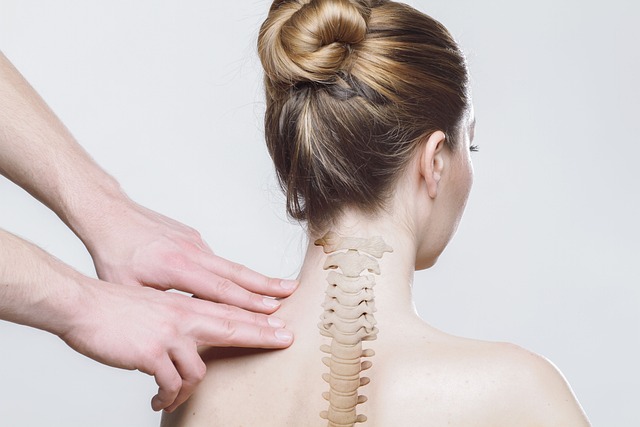
Postural issues often arise after accidents, such as car crashes or falls, leading to a range of discomforts and health complications. These incidents can cause muscle strains, spine misalignments, and other structural damage that affects an individual’s posture. X-ray guided posture rehabilitation is a specialized approach designed to address these specific challenges.
Chiropractors play a vital role in helping patients recover from postural issues after accidents. Through corrective chiropractic techniques, they can realign the spine and promote better body positioning. This not only alleviates immediate pain but also prevents long-term complications by ensuring the body’s structural integrity. By utilizing X-ray guidance, chiropractors gain precise insights into the patient’s posture, enabling them to tailor treatments for optimal results.
The Role of X-ray Guided Posture Rehabilitation

X-ray guided posture rehabilitation plays a pivotal role in addressing postural issues that often arise after accidents or traumatic events. By utilizing X-rays as a diagnostic tool, healthcare professionals can accurately identify misalignments and structural abnormalities in the spine and surrounding areas. This precise information enables them to tailor corrective chiropractic treatments for optimal results.
This approach ensures that rehabilitation efforts are targeted and effective, focusing on realigning the body to promote better posture and improved overall health. X-ray guidance allows for continuous monitoring of progress, making adjustments as needed to meet individual patient needs. Consequently, it facilitates a more efficient recovery process for those dealing with postural issues stemming from accidents, enhancing their quality of life in the long term.
Corrective Chiropractic Techniques for Optimal Results

Corrective Chiropractic plays a pivotal role in posture rehabilitation, especially post accidents. These techniques aim to realign the spine and restore its natural curvature, addressing subluxations that can lead to chronic postural issues. Chiropractors use precise manipulation and adjustment methods to correct spinal misalignments, providing immediate relief and promoting long-term healing.
For optimal results, a holistic approach is essential. In addition to adjustments, chiropractors often incorporate other therapeutic modalities like heat/ice therapy, electrical stimulation, and exercise protocols tailored to the patient’s needs. This comprehensive strategy ensures that not only are postural issues corrected, but the body is also equipped with the tools to maintain improved alignment and overall health.
X-ray guided posture rehabilitation, combined with corrective chiropractic techniques, offers a promising approach to address postural issues stemming from accidents. By utilizing imaging guidance and specialized adjustments, this method enables chiropractors to accurately assess and correct spinal misalignments, promoting efficient healing and improved overall posture. Incorporating these advanced techniques ensures optimal results for individuals seeking relief from accident-related musculoskeletal disruptions.

